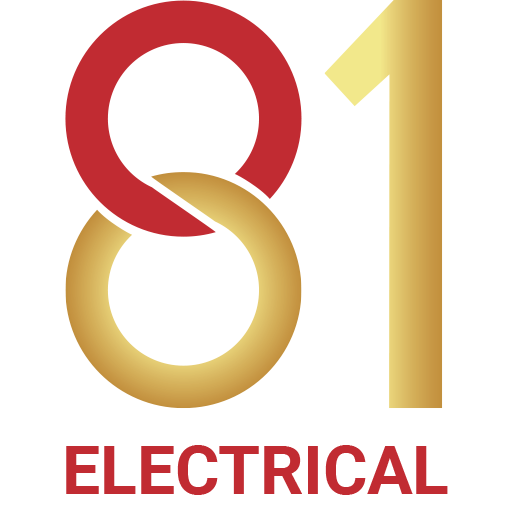Electrical Load Management: Why It Matters and How to Do It Right

Key Takeaways:
Why is Electrical Load Management Important?
Smart electrical load management is the foundation of a safe, efficient, and future-ready power system. By planning your circuits thoughtfully, using the right hardware, and monitoring energy use in real time, you can prevent overloads, support future upgrades, and ensure long-term electrical safety for your home or business.
Introduction
From HDB flats to landed properties and commercial buildings, modern life in Singapore depends on safe, stable, and efficient electricity. With households running multiple air-conditioning units and businesses installing EV chargers and other high-powered systems, electrical load management is essential.
In this guide, we take a closer look at the fundamentals of load management and best practices for planning your power distribution. Let’s also learn how to future-proof your property with the right systems in place without compromising electrical safety.
How to Ensure Effective Electrical Load Management
This process involves planning, monitoring, and balancing the use of electricity across your property’s circuits, appliances, and systems. From upgrading your distribution board (DB box) and wiring a new home to handling office electrical wiring for a growing business, the goal is to keep circuits properly loaded and power distributed efficiently.
1. Calculate Your Total Electrical Load
Before touching any wires, you need to understand how much electricity your appliances are drawing. The first step is to add up the wattage of all key appliances, lighting points, air-conditioning units, and socket outlets on each circuit.
You should also account for future additions like a water heater, induction stove, or EV charger. As a rule of thumb, stay within 80% of the circuit’s rated capacity to avoid overload. In Singapore, a typical 15A circuit supports up to 3,300 watts. Drawing more than that on the same line can lead to breaker trips or overheating.
2. Distribute Load Across Multiple Circuits
A common mistake in both residential and commercial electrical wiring is grouping too many high-load items on a single circuit. For a safe load, follow these steps:
- Group your appliances logically (e.g. lights, kitchen appliances, aircon units).
- Avoid putting your oven, washing machine, and heater on the same line.
- Heavy-duty appliances should have dedicated circuits, especially in commercial setups.
- Make sure your DB box has enough MCBs to handle this split. If not, it’s time to upgrade.
3. Use the Right Circuit Breakers and DB Setup
Your load management plan is only as reliable as the hardware supporting it. Outdated circuit breakers, undersized cables, or an overloaded distribution board can compromise both performance and electrical safety.
Attempting DIY electrical work is not just unsafe but also a breach of regulatory standards under the Energy Market Authority (EMA). Let the professionals handle it right the first time. Always engage a LEW service (Licensed Electrical Worker) to inspect and verify your setup. If you’re renovating or adding more power-hungry systems, update your DB setup accordingly. Meanwhile, consider switching to 3-phase power for landed homes or large commercial premises.

4. Monitor Power Usage in Real Time
Smart homes and commercial buildings benefit from real-time insights. With smart energy monitoring tools, you can make your business more sustainable and compliant with green targets. This ultimately contributes to accurate energy audits and cost-saving initiatives.
Useful tools allow you to:
- Track your usage trends
- Detect power surges or inefficient zones
- Identify faulty equipment before it causes serious issues
5. Plan for Load Growth and Emergency Power
As your home or business evolves, so will your electrical demands. This means your system needs to keep up. To ensure long-term reliability, it’s important to plan for load growth from the outset. Leave buffer capacity in your distribution board (DB) to accommodate future installations, such as new appliances or expanded office setups.
For added protection, install surge protectors, circuit isolators, and redundant lines to safeguard essential equipment. In commercial environments, investing in backup solutions like UPS systems or standby generators can help maintain critical operations during unexpected power outages.
How to Start Smart Load Management: Thoughtful Planning
Effective electrical load management is all about safety, scalability, and long-term efficiency. A thoughtful management process is the foundation for any successful electrical work, including electrical wiring and EV charger setup. It sets you up not just for immediate functionality but for long-term peace of mind.
At 81 Electrical, we deliver reliable, compliant, and future-ready electrical work for homes and commercial properties across Singapore. Our licensed professionals ensure your power system is designed with safety and performance in mind.
Need help with your load management or electrical upgrade? Contact us now.



